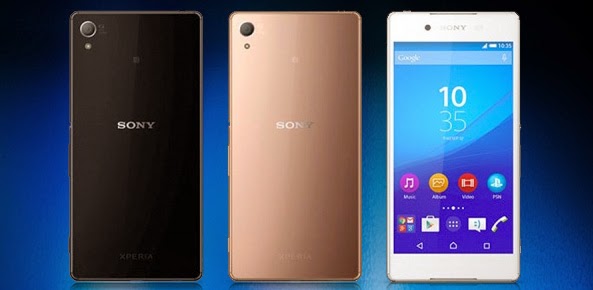China iPhone Sales Beat US for the First Time
Apple Inc beat Wall Street's revenue and profit forecasts on
Monday as it sold more iPhones in China than the United States for the first
time, but the company gave no sales figures for its new Apple Watch.
Apple's iPhone sales in China
soared, increasing its revenue in the country 71 percent to $16.8 billion,
although that was helped by gift-buying for Chinese New Year.
Chief Executive Tim Cook said that
China's expanding middle class is fuelling iPhone sales there, which is the
bulk of the company's sales. The iPhone 6 was launched last autumn in China
with a number of carriers.
(Also see: Apple Becomes
Top Smartphone Vendor in China in Q4: Report)
Wall Street hailed the results but share
reaction was muted. Its shares rose 1.6 percent in after-hours trading to
$134.52.
Apple sold
61.2 million iPhones in the quarter, up 40 percent from the year-ago quarter,
but down from the record-breaking holiday quarter. It sold 12.6 million iPads,
down 23 percent from a year ago.
Apple's big screen iPhone 6 (Review | Pictures)
and iPhone 6 Plus (Review | Pictures)
have been popular with customers worldwide, helping the company overtake rival
Samsung in global smartphone sales last quarter.
"A 60 million-plus iPhone number is a
home run and will be cheered by the Street as this remains the bread and butter
of Apple," said FBR Capital Markets analyst Daniel Ives.
Apple gave no sales figures for its
recently released Apple Watch, but did say the current quarter was off to
"an exciting start".
Cook said demand for the watch continued to
be greater than supply, as it has been since pre-orders started earlier this
month.
"From a demand point of view, it's
hard to gauge when you don't have product in stores," said Cook on a
conference call with analysts. Apple is only selling the watch online and in
select third-party boutiques due to the large number of models and straps for
the watch, which could become a logistics nightmare if it offered every
permutation of the many varieties at already jam-packed Apple stores.
The most valuable publicly traded U.S.
company raised its quarterly dividend 11 percent to 52 cents per share and
boosted its share repurchase programme to $140 billion from $90 billion
announced last year.
Together, Apple estimated that would mean
returning $200 billion to shareholders by the end of March 2017. It ended the
quarter with $193.5 billion in cash and marketable securities, up more than $15
billion from the last quarter.
Even so, that was "a bit lower than
expectations," said Bernstein Research analyst Toni Sacconaghi.
Apple said net income for the fiscal second
quarter rose to $13.57 billion, or $2.33 per share, from $10.22 billion, or
$1.66 per share, a year earlier.
Analysts had expected earnings per share of
$2.16 per share, according to Thomson Reuters I/B/E/S.
Overall revenue rose to $58.01 billion in
the second quarter ended March 28, from $45.65 billion a year earlier. That
beat Wall Street's expected revenue of $56 billion.
Apple said it expected fiscal third-quarter
revenue of $46 billion to $48 billion, in line with analysts' average forecast of
$47 billion.







